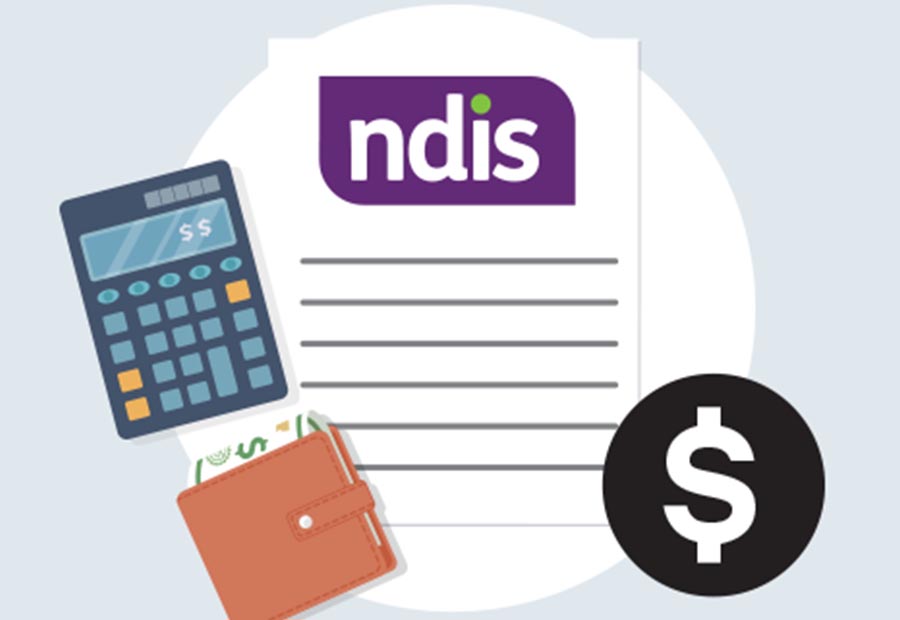News & Stories
Article
Resource
Finding A Job With Support
Recreational And Social Activities
Short Term Accommodation And Respite
Transitioning From School To Work
19 July 2021
What does NDIS funding cover?

Understanding Your NDIS Funding
While the NDIS is working hard towards making plan budgets easier to understand, we’re here to break down what each type of funding covers right now.
There are three support budgets that may be funded in your NDIS plan:
- Core supports budget
- Capacity building supports budget
- Capital supports budget
Core supports budget
Core support budget covers four categories of support:
- Consumables – this support category includes everyday use items such as continence aids
- Daily activities – such as assistance with self-care and household activities during the day or evening
- Assistance with social and community participation – enables you to engage in social or recreational activities that build skills and independence such as art classes, sports coaching, and social programs
- Transport – specialised transport to school education programs, employment or community, etc
The Core Supports budget is quite flexible, so you can use this budget within any of the CORE categories for services and supports that align to your NDIS goals. However, if funds have been set aside for a specific purpose, they can’t be used elsewhere. These specific purposes include periodic payments for transport, or any Core budget line item type that is:
- Compensation
- Specialised disability accommodation
- In-kind, for example, Government pre-paid supports such as school transport or some therapy and services that have already been paid for by your state, territory or the Australian government.
- Stated supports items such as assistance in a shared living arrangement.
In these cases, the funds within a category must only be used for that specific purpose. For details about your Core Supports please refer to your individual NDIS plan.
Capacity building supports budget
Capacity-building supports are designed to help you achieve greater independence and pursue your individual goals.
The funding for this is allocated across eight support sub-categories that are matched with the goals in your plan.
Whilst you can choose how to spend these funds to purchase any approved individual support within its category and you are unable to move funding from one category to another like you can with the Core supports funding.
The eight categories that Capacity building supports include are:
- Choice and control – training and assistance to help you with your plan management, financial and organisational skills, and ultimately make improved life choices
- Daily activity – therapy to help build your capacity to participate in daily life
- Employment – employment related assessment and counselling to help you find and keep a job
- Health and wellbeing – nutrition and exercise planning, activities and advice
- Home living – support to find appropriate accommodation, including assistance with accommodation and tenancy obligations
- Lifelong learning – assistance with the transition from school to further education
- Relationships – this includes positive behavioural support strategies to reduce and deal with concerning behaviours
- Social and community participation – individual life skills development and training. This includes public transport training and support, social and recreational skills, and skills to enable participation in the wider community
If you require support coordination to help coordinate and implement supports and become more actively involved in the community, there is a fixed amount this is also included in the Capacity Building Support budget.
Capital supports budget
Capital supports include more expensive items such as assistive technology, equipment and home or vehicle modifications. This budget can only be used for its specific purpose and quotes from suppliers are required before funding can be made available in your plan.
One-off purchases such as specialist disability accommodation are also considered capital supports.
There are two support categories within the capital supports budget:
- Assistive technology – mobility equipment, personal care, communication and recreational equipment. Wheelchairs and vehicle modifications are specific examples of assistive technology
- Home modifications – modifications within the home to help provide a safer environment, for example, rails in the bathroom
If you’re still unsure about what your NDIS plan can fund, download the HELP checklist, or contact us today.
Give us a call and one of our friendly team members will be in touch shortly
We’re here to help!
Our Locations
With over 40 locations across Southeast Queensland, we’re nearby for when you need us.
Find your nearest location